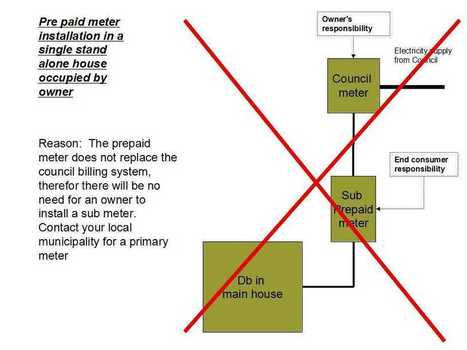
Relational Database Design With Filemaker Pro Rar
Learn how to use FileMaker Pro, from beginner basics to advanced techniques, with online video tutorials. FileMaker Pro: Relational Database Design (2011). Title Need to create a relational database for commercial real estate Post Hello. I am new to filemaker and have recently purchase filemaker pro. A design and.
Learn how to design and build custom apps with FileMaker 16—the custom app development platform used everywhere from home offices to Fortune 500 companies. In this course, Cris Ippolite walks through the essential FileMaker Pro skills. He covers a variety of topics, from creating tables and fields to designing layouts that display your data in a smart way. He also shows how to find and sort data, create reports, import and export data, write scripts, diagram relationships, and more so you can start learning how to build your first custom app from scratch. Instructor •. Cris Ippolite is a three-time FileMaker Excellence Award–winning trainer and the founder of iSolutions, a Los Angeles–based FileMaker consulting firm.
• DriverUpdater assistances stop system mistakes, • Compatibility problems and additional driver-related troubles making your PC run flatter • Quicker and extra efficiently. Card recovery registration key free download. FREE Features: • It makes PC rapidity. ADVANCES PC Performance • TweakBit Driver Updater Crack has better speed, • Its manufacturing is too good • Find the problem of PC and resolve it in the case of a driver • New and advice driver that support the latest development and NEW generation.
Cris is a FileMaker Certified Developer in all versions, as well as a FileMaker professional trainer and one of 50 partner-level FileMaker Business Alliance members in the world. Cris also serves on the FBA Partner Council as an advisor to FileMaker, Inc. 
He also has been a regular speaker at several technology conferences, including the FileMaker Developer Conference, where he has been a speaker over 35 times. Cris has managed the FileMaker Certification training track at the FileMaker Developer Conference and won an award for his training efforts there in 2014 and again in 2016. For more information on Cris and his training offerings, visit him. By: Cris Ippolite course • 1h 16m 6s • 2,065 viewers • Course Transcript - [Instructor] So what makes storing data in an application like FileMaker different than just storing your data in a spreadsheet? Well, there are so many different ways that you can store data on your computer, for example in a spreadsheet or even a word processing document, but these are examples of what we call in database circles a flat file.
A database, on the other hand, is a collection of data that are organized into these things that we call tables. These tables provide a systematic way of managing and updating data. A relational database is one that contains multiple tables that all relate to each other through special key fields and we'll be talking about those at length later on in this course. Now that flat file design that we talked about before puts all the database information into a single table or list, instead of compartmentalizing it into its own tables. Now although it's nice to have all your data in one place just like you do with databases, there are some complications with storage of that data in the case of a flat file. A flat file may contain many different fields, often with duplicated data that are prone to database corruption or confusion.
And if at some point you decide to merge data between two flat files, what you're going to have to actually do there is copy and paste the data between the two files. Version control can be an issue and sharing of your data is almost impossible in many cases if you're deciding to store it in a flat file. Spreadsheets, of course, are a common example of these types of flat files. They store data in different worksheets and often these different worksheets contain similar or redundant data. A relational database, however, incorporates multiple tables with methods for those tables to work together elegantly. The relationships between the table data can be collated, merged and displayed in database layouts all representing the data stored accurately.